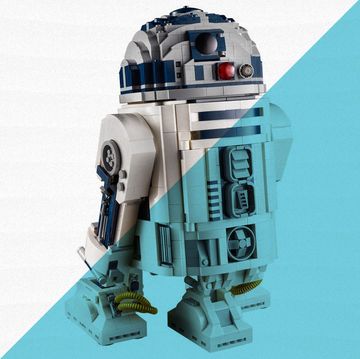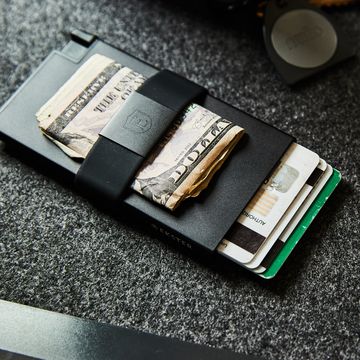- Americans are using more cash than 10 years ago, partly because of mistrust of banks.
- Foreign countries with “dollarized” economies use far more bills than the U.S.
- Ecuador’s failed digital currency may still represent an emerging currency movement.
Since 2017, U.S. $100 bills are more common than $1 bills—and mostly used outside the U.S., according to Interesting Engineering. That’s a fascinating stat with a fascinating story.
Benjamins have been massively popular in other countries since at least five years ago, when their prevalence as a part of black market and criminal economies caused Harvard economists to suggest getting rid of the $100 bill altogether. That explains part of the $100 bill’s global popularity, but throwing the golden baby out with the underworld bathwater would financially disempower millions of people around the world.
The process by which a nation replaces its unstable or devalued currency with de facto U.S. dollars is called dollarization. This can be casual dollarization, like in countries that rely on a ton of U.S. tourists or business travelers, or at least still have their own currency in some form. Or it can be full dollarization, a phenomenon the International Monetary Fund and World Bank have studied since at least 2000 as a way countries tried to stabilize their economies in the decades following the end of the gold standard in much of the world by the 1970s.
The debate over the gold or silver standard and its relationship to international exchange and tax rates is genuinely one of the oldest issues in U.S. history, and early U.S. presidents had to directly reckon with this issue as a major part of party platforms. Today, that debate seems quaint and distant, but people line up to buy bitcoin and other all-digital currencies with nothing to underwrite them except human faith in an increasingly gigantic amount of required computing power. In the spirit of narrative economics, these beliefs are cyclical.
Dollarization isn’t inherently good or bad, and nations resort to it for wildly different reasons. Ecuador tried to reverse its 2000 full dollarization in 2014, when its government introduced a virtual currency called dinero electronico. By 2018, the dinero electronico had failed. Ecuador claimed its goal was to help people without access to banks and the dollarized Ecuadorian economy, but citizens were too skeptical to use a difficult government system as their money.
Zimbabwe, the landlocked country in southern Africa famous for the 2017 ouster of dictator Robert Mugabe, is fully dollarized. Formerly the British colony called Rhodesia, Zimbabwe counts English among its more than a dozen official languages and relies on international tourism as a major part of its economy, making the dollar a natural fit.
The New York Times reported on Zimbabwe’s dollarization in 2012, specifically the wrinkle that while paper bills may travel easily between countries, bulky coins do not. Zimbabweans must find new ways to make change, turning token items like gum and candy into would-be coinage that customers can use to break entire single dollars.
This is a stark contrast with the U.S., where many experts wonder why we keep making pennies, nickels, and $1 bills at all. Canada and the U.K. use coins for their equivalent single dollars, but the cost of bringing those much heavier items into faraway dollarized nations is impractical.
If the $100 bill is the most common one around the world, it’s also one of the least-glimpsed bills in real life. As bills flooded out of the U.S. and into other countries, they tended to go underground once they got there, especially if locals were turning their volatile local currency savings into U.S. bills to hide for safekeeping. Here in this country, people who cash paychecks directly without going through a bank often leave with an envelope of hundreds, but it can be hard to find a local business that will break a $100 bill at all.
The criminal underworld, or even the global “gray market” economy, loves the $100 bill for the same reason dollarized nations love all U.S. bills: It’s compact and super lightweight, meaning you can cram a ton of dollar value into your pocket or a shoebox or a suitcase. If you’re determined enough, you can hide a massive amount of paper currency in fairly plain sight.
Bills larger than $100 haven’t been made since 1969, so the Benjamin is your best bet to hide your life savings inside your mattress. And in the bank-shy, recession-burned America of the 2010s, the mattress account is making a comeback.

Caroline Delbert is a writer, avid reader, and contributing editor at Pop Mech. She's also an enthusiast of just about everything. Her favorite topics include nuclear energy, cosmology, math of everyday things, and the philosophy of it all.











